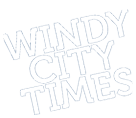
|

|
WINDY CITY TIMES
|
|---|
|
|
|
Black, White and the AIDS Fight
by Amy Wooten
2006-03-01
|
|
This article shared 3896 times since Wed Mar 1, 2006

|
|
Pictured Participants march to gathering.
In the battle against HIV/AIDS and its disproportionate impact on the African-American community, the key is to first listen and then take action, those at a recent speak-out concluded.
Test Positive Aware Network ( TPAN ) held a Black History Month forum Feb. 24 entitled 'The Real Deal in Black and White,' which was preceded by a gathering that included ethnic African-American foods and an AIDS vigil. The discussion, which was held at nearby North Shore Baptist Church, had a large and diverse turnout of individuals impacted by HIV/AIDS, health workers and activists—all trying to get at the bottom of a killer problem in the Black community.
'We need to listen, speak and most importantly, we need to listen,' advised TPAN's Executive Director Rick Bejlovec. 'HIV is all of our problem.'
During the first section of the evening, a panel consisting of Rev. Juan Reed, South Side Help Center's Charles Nelson, TPAN's Jeff Barry, CDPH's Yaa Simpson and AIDS Foundation of Chicago's Rev. Doris Green answered questions fielded to them about the differences between HIV in the Black and white communities. In addition to the shocking Chicago statistics that state that Black men account for 52 percent and Black women 76 percent of HIV cases, the panelists discussed disparities in treatment and access to healthcare in the Black community.
The all-around silence about HIV in the Black community—from the pulpits to the media—was a large part of the discussion.
'Not enough churches are responding to this epidemic,' said Green, who is involved in the education of African-American churches. 'I see changes taking place in these churches, but still it is not enough.'
According to Nelson, the HIV/AIDS movement in the Black community is far behind. In the 1980s, it wasn't until the epidemic started impacting white, gay men that a movement began, he said. 'The media made it seem as though it's a white, gay disease,' he said. 'I think the African-American community was at least six years behind the movement, and that's why we are where we are today.'
During a Q&A session with the audience, many issues were discussed, such as the failure of courageous leadership in the Black community, silence as a result of stigma, poverty, homophobia, education and internalized racism. The silence needs to be broken in order for a movement to take place, those present concluded.
'It's difficult to speak if you don't think you are being heard,' said audience member Lloyd Kelly of the Let's Talk, Let's Test foundation, who added that leaders need to work towards breaking the silence in the Black community. 'We don't talk about it because we don't think people are listening.'
And with a voice comes a movement, said Nelson. 'Without a movement, we can't expect anyone to understand what's going on in our community,' he said.
'Nothing happens unless we talk about it, then put it into action,' said Chicago Department of Public Health's Lora Branch, who served as moderator for the event.
Attendees were given slips of gold paper to write down action items to help create change. TPAN will hold this discussion at least once a quarter.
See www.tpan.org for more info. |
 |
|
 |
This article shared 3896 times since Wed Mar 1, 2006

|
| ARTICLES YOU MIGHT LIKE |
|---|
| 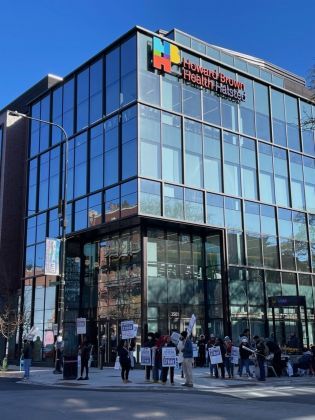
|  | Howard Brown reaches tentative agreement with union after 1.5 years of contentious negotiations
2024-04-18
Howard Brown Health has reached a tentative agreement with its union, after a year and a half of negotiations that included two workers strikes. The Illinois Nurses Association, which represents about 360 employees at Howard Brown ...
| 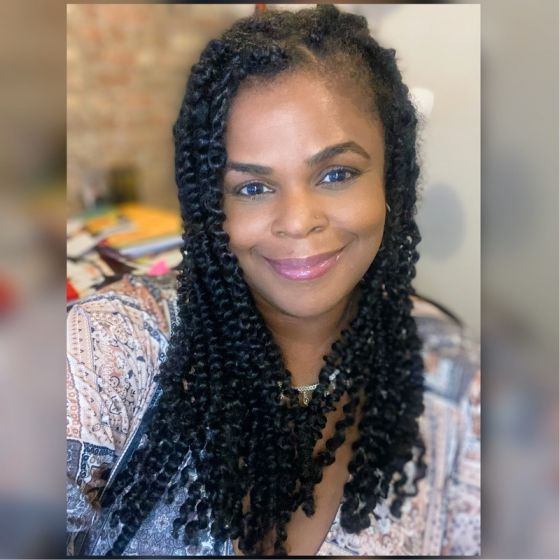
|  | SAVOR Vivent Health/TPAN leader talks about Dining Out for Life
2024-04-17
On Thursday, April 25, people can join the city's restaurant community for Dining Out For Life Chicago, an event ensuring people affected by HIV/AIDS can access essential services. We want to show up in the communities ...
| 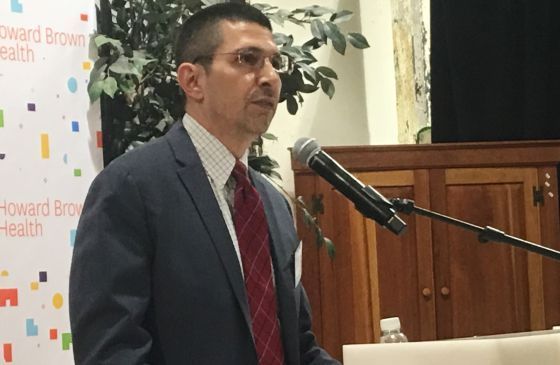
|  | David E. Munar reflects on Howard Brown leadership and new Columbus, Ohio post
2024-04-11
On April 1, David E. Munar started his tenure as CEO of the Columbus, Ohio-based non-profit health system Equitas. The date marked the latest chapter for Munar, who previously helmed AIDS Foundation Chicago and, most recently, ...
| 
|  | RUSH, others receive grant related to HIV prevention for Black women
2024-04-11
--From a press release - CHICAGO — RUSH, in collaboration with Ann & Robert H. Lurie Children's Hospital, University of Chicago Medicine, University of Illinois Chicago and Planned Parenthood of Illinois (PPIL), has been awarded ...
| 
|  | WORLD Lesbian sniper, HIV research, marriage items, Chinese singer, Korean festival
2024-04-05
A lesbian Ukrainian sniper and her machine-gun-toting girlfriend are taking the fight to Russia President Vladimir Putin, according to a Daily Beast article. Olga—a veterinarian-turned-soldier—said her comrades don't care about ...
| 
|  | SHOWBIZ Dionne Warwick, OUTshine, Ariana DeBose, 'Showgirls,' 'Harlem'
2024-03-29
Video below - Iconic singer Dionne Warwick was honored for her decades-long advocacy work for people living with HIV/AIDS at a star-studded amfAR fundraising gala in Palm Beach, per the Palm Beach Daily News. Warwick received the "Award of ...
| 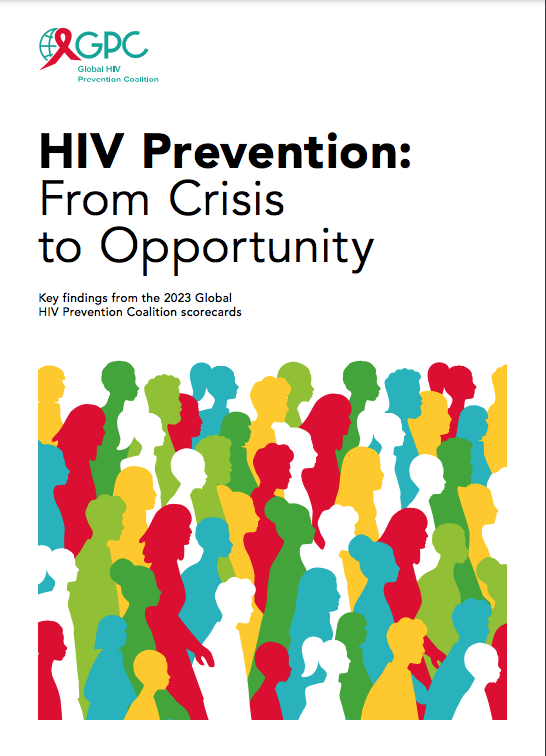
|  | WORLD Uganda items, HIV report, Mandela, Liechtenstein, foreign minister weds
2024-03-21
It turned out that U.S. Agency for International Development (USAID) Senior LGBTQI+ Coordinator Jay Gilliam traveled to Uganda on Feb. 19-27, per The Washington Blade. He visited the capital of Kampala and the nearby city of ...
| 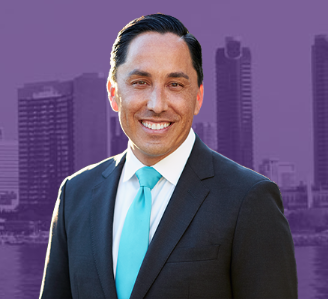
|  | NATIONAL Missouri measure, HIV/AIDS Awareness Day, judge, Texas schools
2024-03-15
In Missouri, a newly proposed law could charge teachers and counselors with a felony and require them to register as sex offenders if they're found guilty of supporting transgender students who are socially transitioning, CNN noted. ...
| 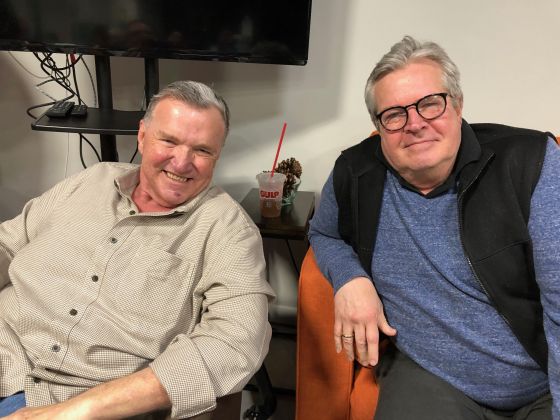
|  | Longtime LGBTQ+-rights activist David Mixner dies at 77
2024-03-12
On March 11, longtime LGBTQ+ and HIV/AIDS activist David Mixner—known for working on Bill Clinton's presidential campaign but then splitting from him over "Don't Ask, Don't Tell" (DADT)—died at age 77, The Advocate reported. ...
| 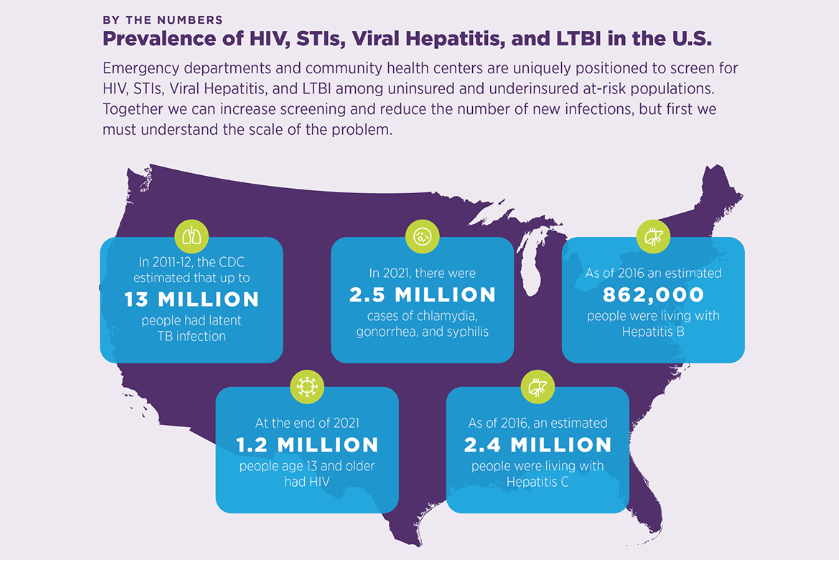
|  | AMA launches toolkit to increase screenings for HIV, STIs, hepatitis, tuberculosis
2024-03-06
Press release - CHICAGO — With disruptions in clinical care caused by the COVID-19 pandemic and increasing rates of sexually transmitted infections (STIs) and viral hepatitis across the U.S., the American Medical Association ...
| 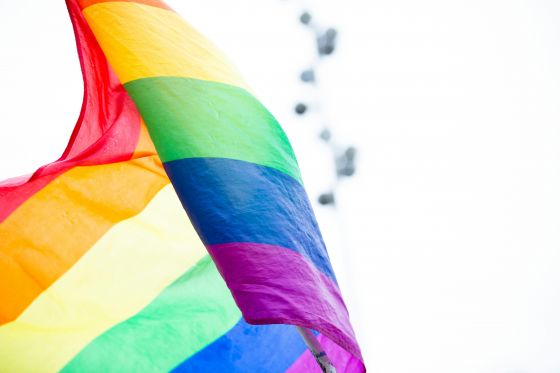
|  | NATIONAL School items, HIV/AIDS activist dies, Nex Benedict, inclusive parade
2024-03-01
In a new survey, the Pew Research Center asked public K-12 teachers, teens and the U.S. public about the ongoing scrutiny placed on classroom curricula, mainly regarding race and LGBTQ+ identities, ABC News noted. Among other ...
| 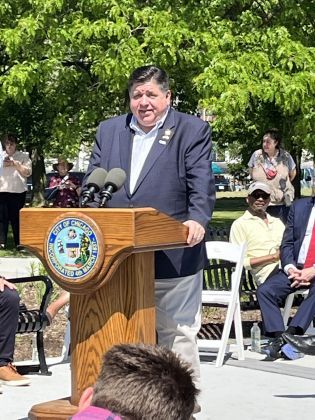
|  | Advocates call for increased HIV funding amid state's 'disappointing' pattern of flat funding
2024-02-27
Governor JB Pritzker's proposed 2025 budget has no increase in HIV funding, continuing a years-long pattern of flat spending toward tackling the epidemic in Illinois. Pritzker outlined his $52.7 billion budget for the 2025 fiscal year ...
| 
|  | HIV criminal laws disproportionately impact Black men in Mississippi
2024-02-21
--From a press release - A new report by the Williams Institute at UCLA School of Law finds that at least 43 people in Mississippi were arrested for HIV-related crimes between 2004 and 2021. Half of all arrests in the state ...
| 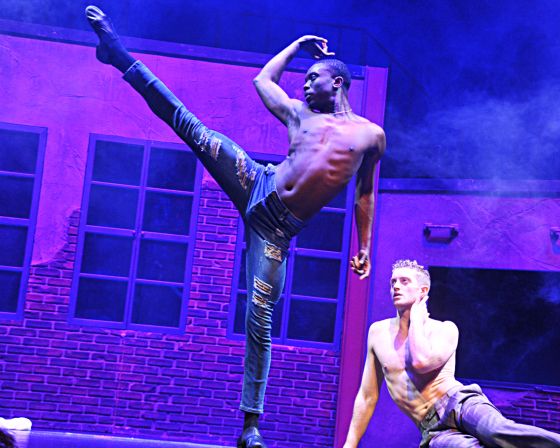
|  | 'West Side Story' gets a sex-positive spin with new burlesque show
2024-02-19
In partial observance of National Condom Day, which was Feb. 14, Los Angeles-based AIDS Healthcare Foundation (AHF) presented A West Side Story Burlesque at the Harris Theater for two hour-long performances on Feb. 17. The show, ...
| 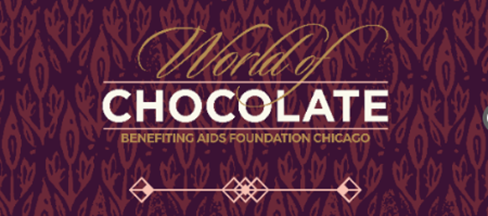
|  | $200,000+ raised at AIDS Foundation Chicago's World of Chocolate Fundraiser to fight HIV/AIDS
2024-02-13
--From a press release - (Chicago, IL) More than 950 guests gathered at Chicago's famed Union Station (500 W. Jackson) for Chicago's Sweetest Fundraiser, AIDS Foundation Chicago's (AFC), World of Chocolate on Friday, February 9. ...
| | |
|
|
|


|
|

 | NATIONAL Trans woman killed, Tenn. law, S. Carolina coach, Evan Low, Idaho schools
|  | Through a queer lens: Photographer Paul Mpagi Sepuya discusses Chicago exhibition
|  | WORLD Ugandan law, Japan, Cass report, Tegan and Sara, Varadkar done
|  | Q FORCE launches 2024 election efforts in Chicago
|  | SHOWBIZ Jerrod Carmichael, '9-1-1' actor, Kayne the Lovechild, STARZ shows, Cynthia Erivo | |
|
 |

|
|
